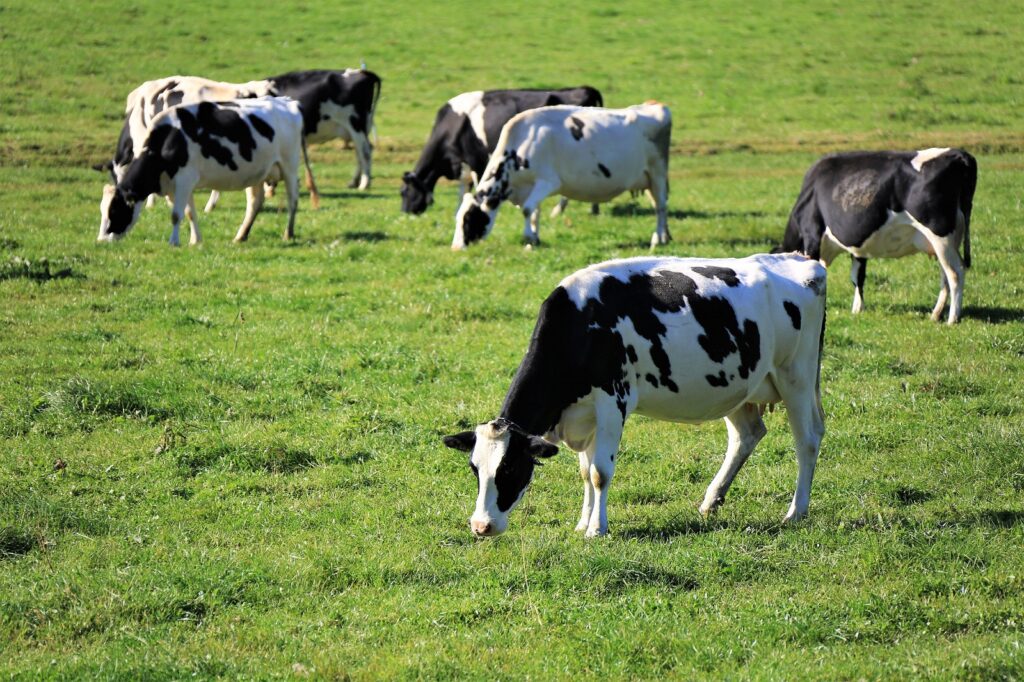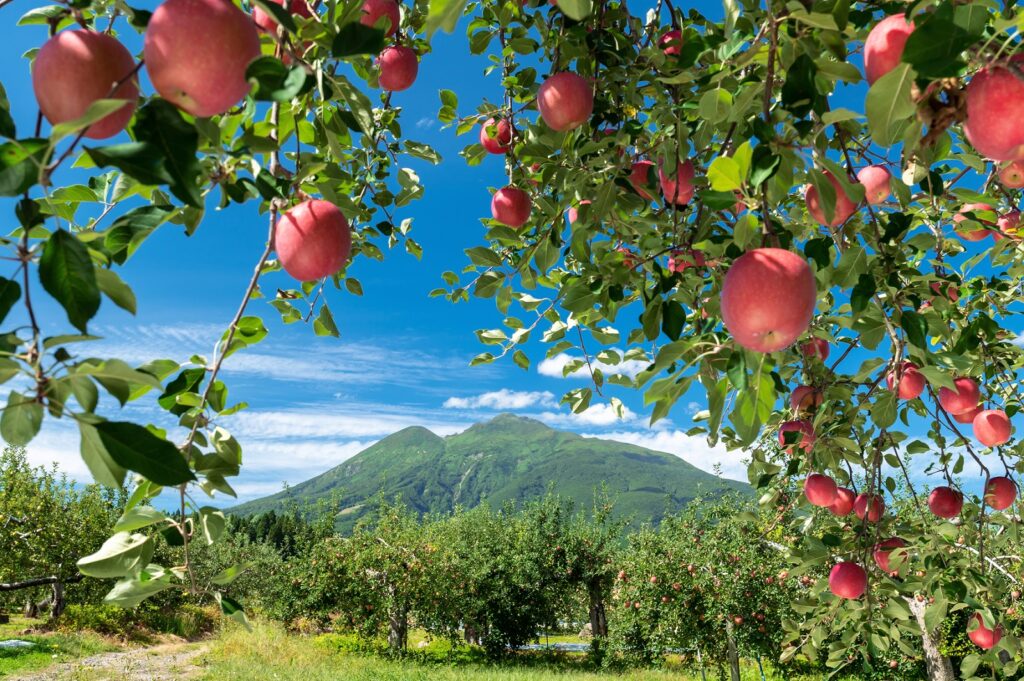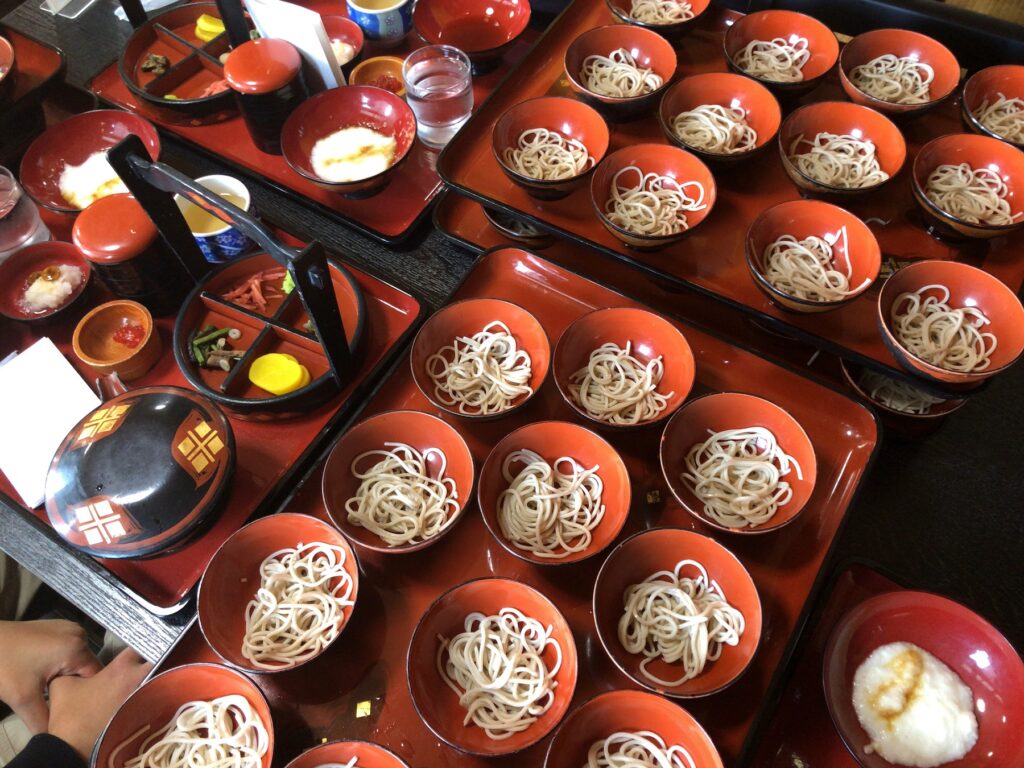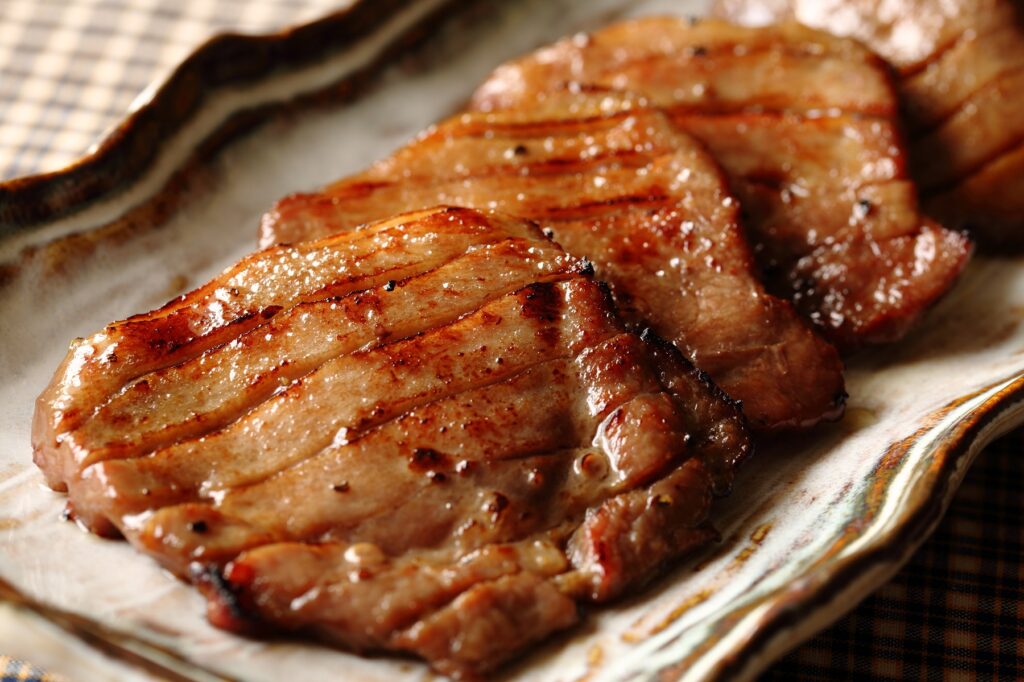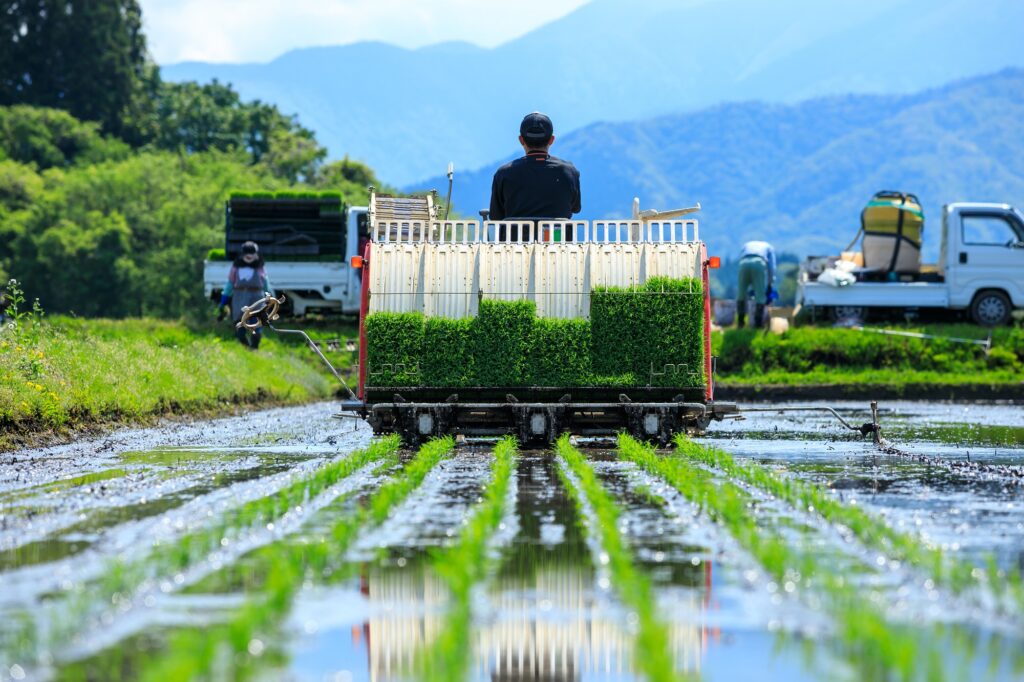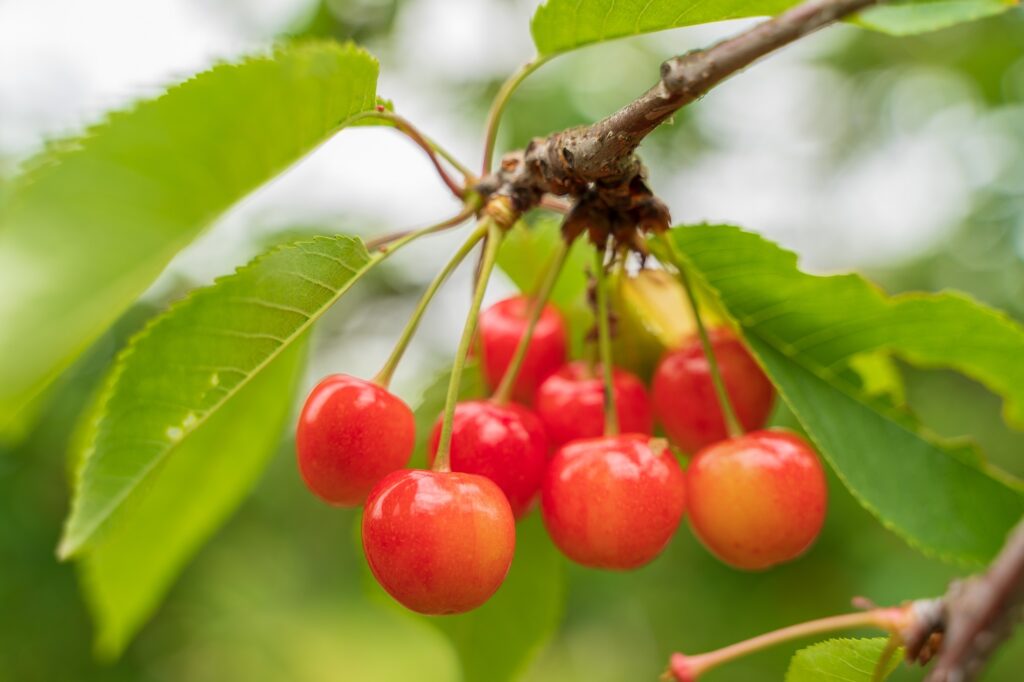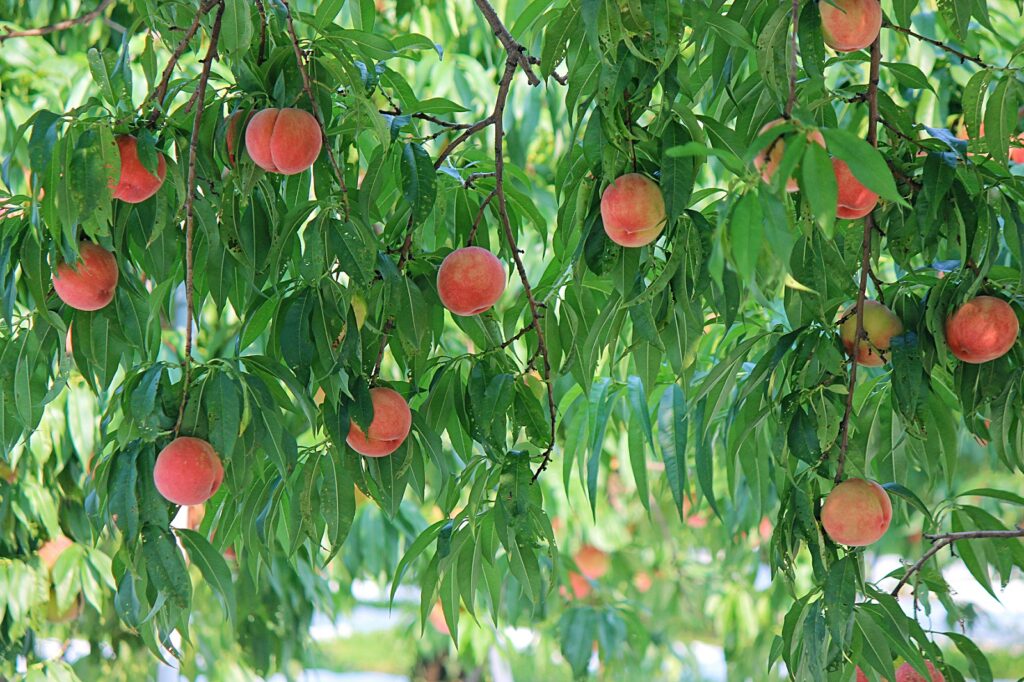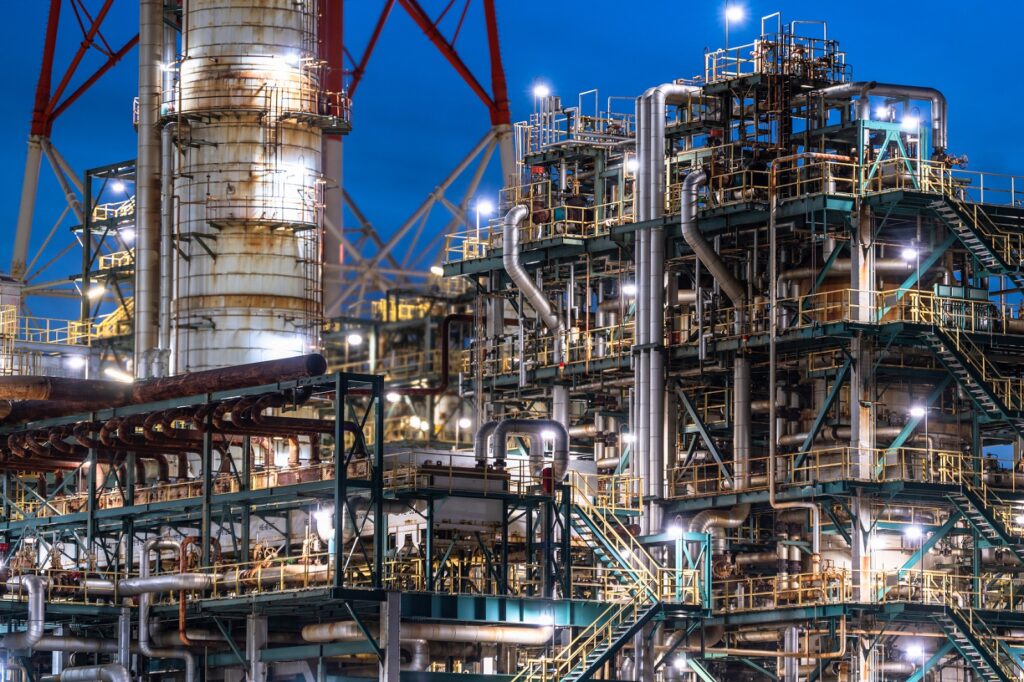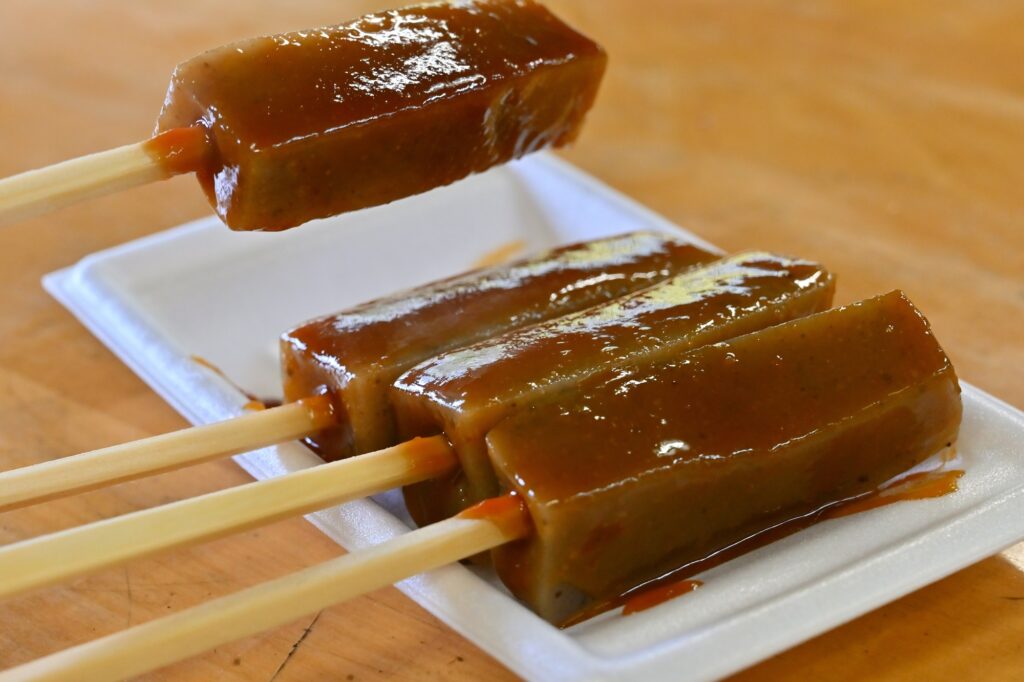Discover Japan Beyond the Guidebooks - Hidden Gems Await!
Discover Japan Beyond the Guidebooks
-Hidden Gems Await!
Uncover Japan's best-least local secrets, from serene countryside spots to bustling hidden districts. Find your next adventure off the beaten path!
- Tourism & Hospitality, Agriculture, Fisheries & Forestry
- Hokkaido is a place where the culture of the indigenous Ainu remains in the color, and its own language and traditions are still inherited. During the period of the Meiji period, the pioneer of Hokkaido was installed, and Sapporo, Hakodate, and Otaru developed, thus laying the foundation for agriculture and dairy farming. The city of Sapporo is the largest city in Hokkaido, and includes Sapporo City Clock Tower and Odori Park, as well as the former main government building of the Hokkaido Government. The lavender fields of Furano and the field fields of the Tokatsu Plain have also become tourist destinations. You can enjoy majestic natural expanses on the Shiretoko Peninsula and Kushiro Marsh. Events such as the Sapporo Snow Festival and the Asahikawa Winter Festival are also popular as tourist resources.
- Agriculture, Fisheries & Forestry
- Aomori Prefecture is a land rich in beautiful nature, as represented by Lake Towada and the Oirase Mountain Stream, the Shirakami Mountains of the World Natural Heritage Site, and Mount Hakkoda, which is dotted with lakes and marshes. The ruins of the Jōmon period, including the site of the Sannai Maruyama, are important for the knowledge of prehistoric culture in Japan and were listed as World Cultural Heritage in 2021. In addition, the Aomori Nebuta Festival is famous throughout the country as a grand summer festival with large lanterns milling around the city. The traditional craft of Tsugaru and agriculture such as apples are also thriving, producing a large number of branded agricultural products. In addition, Aomori Port and Hachinohe Port also serve as logistics bases, and the fisheries industry is developing.
- Agriculture, Fisheries & Forestry
- Iwate Prefecture is known as the place of writer Kenji Miyazawa and Yukari Nitobe Inazo, who contributed to international contributions. There are also many historic buildings, such as the Chuson-ji Temple and the Mōetsu-ji Temple in Hiraizumi, which now conveys the honor of the Oshu Fujiwara clan, and was listed as a World Cultural Heritage Site in 2011. From the end of the Tokugawa period to the Meiji era, the remains of the Hashino Iron Mine and Blast Furnace, which contributed to the modernization of Japan, will also remain. In addition, Tono, which is home to traditional traditions such as Kappa and Zashiki, is known as the hometown of folk tales. The local performing arts Oniken Mai and Morioka Sansa Dance are also famous. Fisheries industry has developed on the nature-rich Sanriku coast, while Miyako Port and Ofunato Port are important fishing bases.
- Manufacturing, Agriculture, Fisheries & Forestry
- Miyagi Prefecture developed around Sendai Castle and a castle town built by Date Masamune. The city of Sendai, the prefectural capital, is known as the "forest capital" because the city has a lot of greenery. Matsushima, one of the three views of Japan, is attractive for its beautiful landscapes and historic buildings such as Zuiganji. Naruko Hot Springs boasts a history of 1,200 years, and its natural beauty also stands out, including the mysterious Mount Zao, with its emerald green crater lake. On the cultural side, the Sendai Tanabata Festival and traditional crafts have been handed down, and specialty products such as beef tongue and sasa kamaboko are also familiar. In addition, it also plays an important role as a transportation hub such as the Tohoku Shinkansen and Sendai Airport.
- Manufacturing, Agriculture, Fisheries & Forestry
- Akita Prefecture still has historical heritage sites, including Akita Castle, an ancient castle fence from the Heian period, and the city of Akita developed as the castle town of the Satake clan during the Edo period. The rich nature is also attractive, such as Lake Tazawa, which has beautiful cobalt blue water, and Hachimantai, a national park with a wide swamp of moors. Many people visit the Kakukan and Yawataira hot spring town on the site of the samurai residence, known as a cherry blossom spot. In traditional culture, the "Namahage" of Oka Peninsula is famous, and the annual Namahage Shiba Light Festival is surrounded by a courageous atmosphere. In addition, the Akita Kankō Festival is known as one of the three major festivals in Tohoku. In addition, it is also the hometown of Akita Inu.
- Manufacturing, Tourism & Hospitality, Agriculture, Fisheries & Forestry
- Yamagata Prefecture developed around the Mogami River and flourished during the Edo period as a producer of Benihana, a source of dye and lipstick. The castle town of Yonezawa is known as the reign of Uesugi Kagakatsu, who succeeded Uesugi Kenshin, and the history is still carried by the Uesugi Shrine. Hot spring resorts such as Ginzan and Tendo are also popular, and in Zao along with ski areas and hot springs, ice trees can be seen in winter when freezing drops hit trees and grow frozen. On the cultural side, the mountain temple (Tateishi-ji) is chanted by Matsuo Basho's "Oku no Hosomichi", which attracts many worshipers. Traditional crafts include shogi pieces and tendo woodworking, while in food culture, Yonezawa beef and cherries are famous.
- Manufacturing, Tourism & Hospitality, Agriculture, Fisheries & Forestry, Renewable Energy & Environment
- Fukushima Prefecture has a history and culture handed down around Aizuwakamatsu. The Aizuwakamatsu Castle (Tsuruga Castle) was the setting for a hard-fought battle during the Boshin War at the end of the Tokugawa period, and the story of the White Torai is still being told. Ouchi-juku is known as a tourist destination that left the style of the post town of the Edo period. There are also many hot spring resorts, and Iizaka Onsen and Iwaki Yumoto Onsen are famous. It is dotted with lakes such as Lake Inawashiro and Lake Hibara, and is surrounded by lush nature. Mount Bandai (Aizu Fuji) is an active volcano and is designated as Bandai Asahi National Memorial Park. The specialty is known as a place of fruit, including Kitakata ramen and peach.
- Manufacturing, Tourism & Hospitality, Agriculture, Fisheries & Forestry
- During the Edo period in Ibaraki Prefecture, the city of Mito developed under the Mito Tokugawa family, and the story of "Mito Kōmon", modeled after the feudal lord Tokugawa Mitsukuni, who advanced the compilation of the "Great Japanese History", is widely familiar. There are ancient shrines such as the Oarai Isozen Shrine and the Kashima Shrine, and Kashima Shrine is believed to be a god of martial arts. The Fukuroda Falls show different landscapes in each season, and the Kairakuen in Japan's Three Famous Gardens is a plum attraction. The traditional craft Kasama ware is inherited around the city of Kasama. Local dishes include anko pots and natame, and Mito natame is known nationwide. In addition, the Tsukuba Space Center is the base for space development in Japan.
- Manufacturing, Tourism & Hospitality, Agriculture, Fisheries & Forestry
- Tochigi Prefecture is home to the scenic spots of Nikko and Nasu, including Nikko Tosho-gū, which is listed as a World Heritage Site. The Nikko Tosho-gū, known for its three monkeys, is also famous as a historical monument dedicated to Tokugawa Ieyasu. Huagen Falls, with a height of 97 meters, and Nasu Kogen, one of Japan's premier plateau resorts, attract many tourists. Other spots are also scattered, such as the site of Ashio Copper Mountain, Lake Chuzenji, and Mt. Mashiko ware is famous in traditional crafts, and you can feel the culture of the region through pottery experience. It is also characterized by good access from Tokyo due to the transportation network established within the prefecture.
- Manufacturing, Tourism & Hospitality, Agriculture, Fisheries & Forestry
- Gunma Prefecture has long been renowned as a hot spring resort, and many tourists visit Kusatsu Onsen, Ikaho Onsen, Shiman Onsen, and Mizukami Onsen. Osegahara has extensive swamps and rare alpine plants can be seen. You can enjoy trekking at Akagi, Haruna, and Mengeyoshi's Jomo Sanzan and Tanigawadake. On the industrial side, it is home to the Tomioka Silk Mill, which contributed significantly to the modernization of Japan, and was listed as a World Cultural Heritage Site in 2014. Industries such as automobiles and electronics are still developing today. As food culture, konjac and Takasaki apples, Joshu beef and Mizusawa udon are known as famous products.
Find your area
More search options
Less search options

